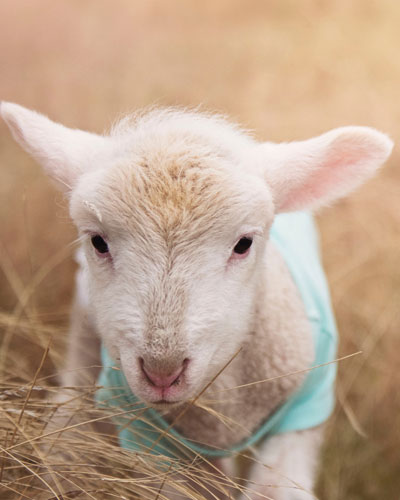As Easter is approaching we will be enjoying the treats and flower that this encompasses however dogs and cats can become very ill if they ingest or come into contact with certain things.
Chocolate
During Easter we all enjoy eating some (a lot of) chocolate. Whilst for us it is a delectable treat, for dogs (and cats) if ingested, can cause life threatening illness. Chocolate contains theobromine that at toxic levels can cause vomiting, diarrhoea and shaking and can lead onto seizures (fits), heart issues and ultimately death. If you suspect your dog has consumed chocolate please ring the practice immediately as if treated early can reduce the risk to your dog.
Hot Cross Buns (raisins)
Raisins within hot cross buns can cause irreversible kidney failure and sadly death if consumed by dogs. Toxic doses vary and a very small amount can be deadly. If your dog has or even is suspected to have ingested raisins or grapes immediate veterinary treatment is indicated.
Bulbs
Easter is a time when spring emerges and our gardens and hedgerows are bright with colour from flowers. Certain flowers for example daffodils and hyacinths originate from bulbs buried in the ground. Dogs, especially puppies may be dig them up and may chew and ingest them. Toxicities can vary but usual signs of vomiting and diarrhoea are common. Veterinary intervention may be indicated so please contact the practice if you have any concerns.
Lilies
Lilies are highly toxic and extremely dangerous for cats and will cause kidney failure and sadly death. All parts of the lily is toxic i.e. stem, flower and pollen. The most common route of ingestion if through the pollen whilst grooming. Our advice would be to NEVER have lilies in a house where cats are present.
Anti-freeze
As the weather warms and people get out and about into their gardens and garages, cats have access to areas where chemicals such as antifreeze are stored. Antifreeze is sweet and is sadly enticing to cats which if consumed causes irreversible kidney failure. As cats are outdoor animals it can be hard to stop this however owners can alert unaware neighbours to keep chemicals such as antifreeze locked away from prying paws.


 Lambing time is the most crucial part of the year for making your sheep business profitable. Lamb deaths from birth to 3 days old should be less than 7% however many farms range between 10- 25%.
Lambing time is the most crucial part of the year for making your sheep business profitable. Lamb deaths from birth to 3 days old should be less than 7% however many farms range between 10- 25%.
 New Export Health Certificates have been made available on Export Health Certificate Form Finder service in the event that the UK leaves the EU without a deal.
New Export Health Certificates have been made available on Export Health Certificate Form Finder service in the event that the UK leaves the EU without a deal. There have been separate cases of Equine Influenza confirmed in the UK. Horses in Essex, Cheshire and Derbyshire have been affected this month with further reports of outbreaks in Belgium, France and Germany. With all three outbreaks it has been unvaccinated horses that have tested positive.
There have been separate cases of Equine Influenza confirmed in the UK. Horses in Essex, Cheshire and Derbyshire have been affected this month with further reports of outbreaks in Belgium, France and Germany. With all three outbreaks it has been unvaccinated horses that have tested positive.
 Horse Flu is endemic in the UK, which means that most horses will come into regular contact with the virus during their lifetime. The control of horse flu in the UK is based on limiting the signs of infection in horses that have been exposed to the virus, rather than trying to prevent exposure itself. This is primarily achieved through regular vaccination which is given either once or twice a year.
Horse Flu is endemic in the UK, which means that most horses will come into regular contact with the virus during their lifetime. The control of horse flu in the UK is based on limiting the signs of infection in horses that have been exposed to the virus, rather than trying to prevent exposure itself. This is primarily achieved through regular vaccination which is given either once or twice a year.
